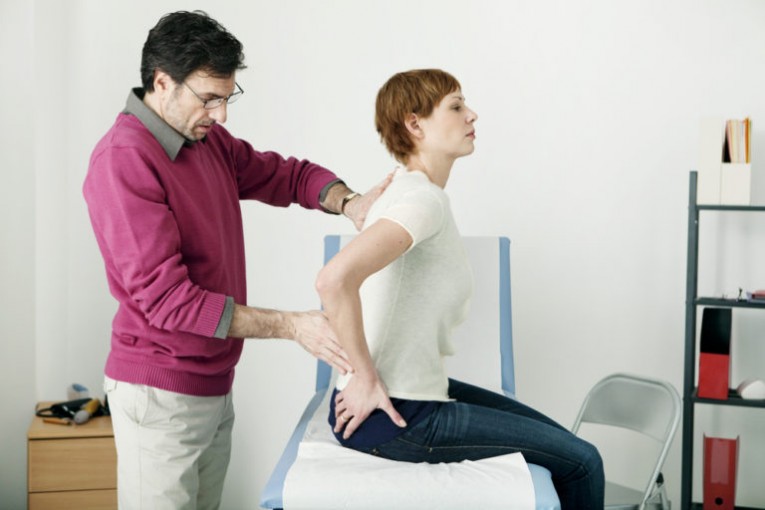Sciatica, (or pain/numbness/tingling/weakness in the leg or foot).
Often people say they have sciatica and ask if we can treat it. The answer to that question lies in determining what is causing it.
Sciatica is not a single condition or a disease…it is simply a ‘referred’ symptom, (meaning the cause is usually some distance from where the symptom is felt) or cluster of symptoms, which tells us that some part of the sciatic nerve is under pressure.
The symptoms labeled as ‘sciatica’ can range from a vague intermittent tingling or numb feeling on parts of the skin of the buttock or leg and foot, to a raging relentless pain, pins and needles or ‘electric shocks’ that bother us 24/7.
Sometimes the pain gives way to complete numbness and possible weakness of the leg, or a foot drop where the toe catches when the person is walking. The severity of the pain does not always reflect the severity of the cause. Sometimes severe pain from an otherwise moderate back strain will quickly settle, while the solution to a ‘niggle’ might be more difficult to discover.
The reason for this variation in symptoms is that the sciatic nerve is like an upside down tree which has several roots which arise from different levels of the lumbar spine, and then converge to a single trunk which on reaching the leg, gives off branches. Pressure on any one of the roots will give a different symptom picture, as will pressure on the trunk itself, or even on one of the branches. The exact pattern of your particular symptom is very helpful in assessing the possible cause, and what treatment or management is likely to have the best outcome.
Pressure can arise in the spinal canal (quite rare), or be caused by enlarged spinal joints (usually due to wear and tear), or by narrowed ‘canals’ where the roots exit from the spinal canal. A moderate back or pelvic sprain can cause soft tissue swelling and lop-sided posture which can also cause sciatica. Pressure may also be caused by degeneration of, or sudden injury to, the intervertebral discs, which are the spine’s shock absorbers. This is commonly described as a ‘slipped disc’ or more accurately, as a herniated or prolapsed disc. Or the nerve trunk itself may be subject to squeezing by muscles of the buttock in cases of sports injury, pelvic imbalance, or arthritis of the hip. And problems around the knee can cause pressure on smaller branches of the sciatic nerve.
Each patient who presents to us is assessed individually, including questions about the onset and what makes the pain worse or what eases it, and physical examination which will look at posture, and may include tests for disc herniation or prolapse. A treatment or management plan will be agreed upon with you.
Sometimes, even in severe cases, recovery occurs with home exercises and supportive manual treatment by osteopaths, called ‘conservative management’, or acupuncture. Some people will need onward referral for x-ray to clarify the clinical picture, or to a surgeon if we feel the cause of the symptoms will not be responsive to conservative treatment, or if an MRI is required.
All of our osteopaths are highly trained in accurate diagnosis of the real cause of your sciatic symptoms, and are happy to co-ordinate with other specialists or your GP in managing sciatica. If the sciatica resulted from an accident or impact, we can register you for ACC assisted treatment.
Back to blog
